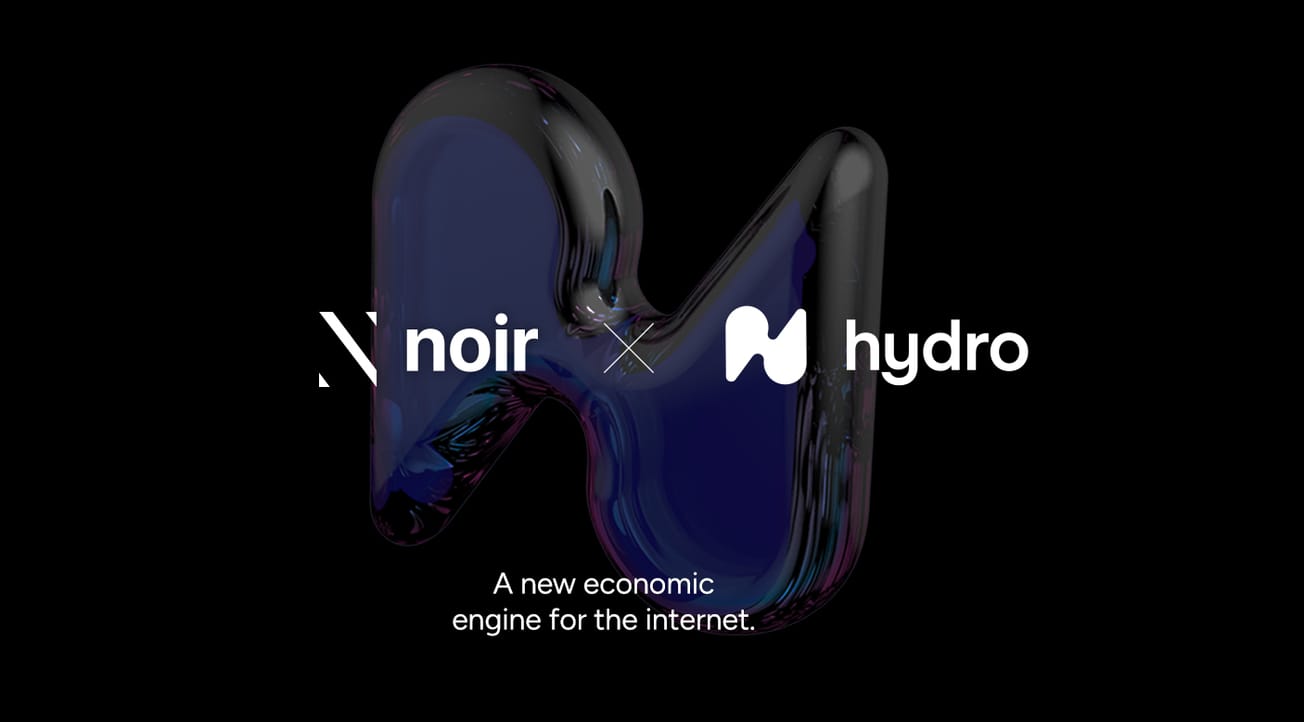While the digital, trustless and peer-to-peer cash systems offered by some cryptocurrencies might appear to be an attractive e-commerce solution for the metaverse, virtual cash is already the norm, and other other competing solutions are arising.
For example, Mastercard—a member of the Metaverse Standards Forum—have announced they’re trialing new biometrics payments so that users can pay with their hand or face. So which digital cash will be the future of e-commerce in the metaverse?
Cryptographic Currency for Metaverse Commerce
Some believe that there won’t be a metaverse without cryptocurrency, blockchain, and NFTs. More still think that crypto will be the leading payment solution, and NFTs will provide the potential for true digital ownership that will underpin many metaverse transactions—and virtual rights therein. Currently, companies are exploring different ways facilitate payments in the metaverse, with crypto as a common talking point.
Some have argued that the volatility of major cryptocurrencies and tokens like Bitcoin disqualify it as a viable payment solution—whether used virtually or physically. However, many countries have adopted Bitcoin as legal tender and integrated payment solutions into everything from grocery stores to entertainment facilities. Still, there are larger hurdles preventing crypto from becoming the payment solution of the metaverse: It’s still widely unregulated, and the public opinion surrounding the decentralized money market is one of distrust due to the notoriety of scams.
What About Other Solutions?
Stablecoins might be a viable alternative to traditional cryptocurrencies. A stablecoin is a cryptocurrency that has its price tied to an existing fiat currency. For example, USD Coin ($USDC)—ideally—will always be a dollar. This is either achieved through 1:1 backing, an algorithm, or a mix of the two. Stablecoins are innately less volatile, but they still lack regulation. For this reason, they might not be the future of e-commerce in the metaverse. And in a similar way, excessive regulation might lead to issues in innovation where stablecoins fail to get adopted as the metaverse's payment system.
Closed loop payments are also an option—for example, creating digital ‘tokens’ as an intermediary which are used to buy things. Being gamelike, this might make sense in the metaverse, as many live-service games offer digital assets purchasable with their own digital currency. Fortnite, for example, uses V-Bucks, offering certain discounts on bulk offers. Unfortunately, closed-loop payment systems might only be valid in special shops and seem to contradict the general idea of the metaverse—that it should be open and interoperable.
While traditional payment solutions using biometrics seem to be a more attractive solution to some, residual fears from the exploitative models created by companies like Google and Microsoft will surely create anxiety around giving up biometric data to major tech companies.
Verdict
The future of e-commerce and payment solutions in the metaverse still remains uncertain, with myriad viable options that each have their own detriments. With the right regulation, perhaps cryptocurrencies and stablecoins will be the future of finance. Otherwise, maybe a new technology will be revealed by the metaverse that provides a key solution to payment infrastructure. Only time will tell.










